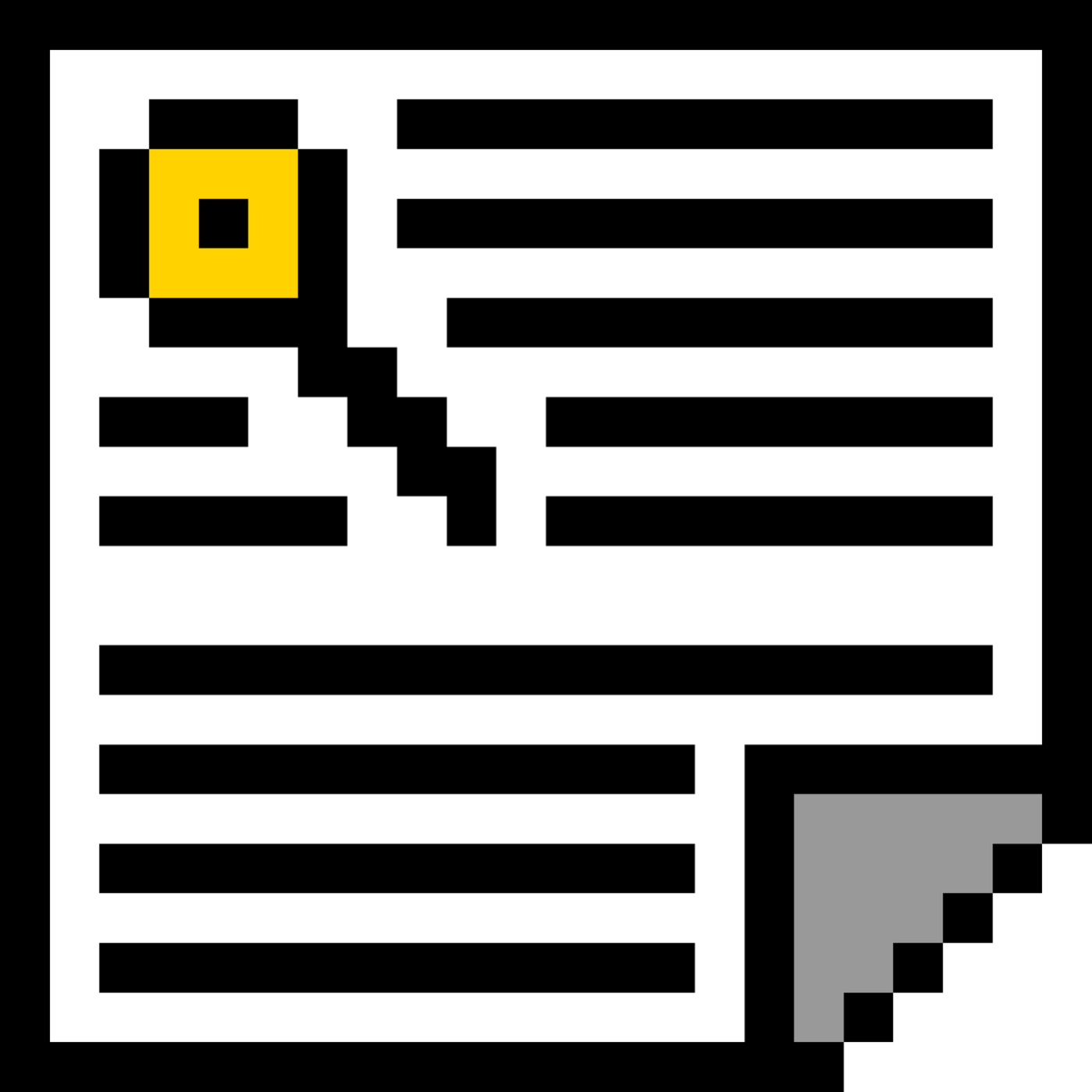126 reads
How Does Bitcoin Work?
by
December 25th, 2023
Audio Presented by
I can still remember when you could activate CPU turbo by pressing a button on the case.
Story's Credibility



About Author
I can still remember when you could activate CPU turbo by pressing a button on the case.